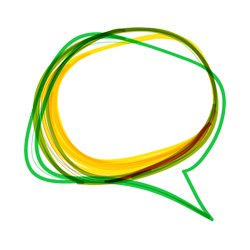
“A clear, simple evaluation plan designed at the start of a project can help you to assess whether you’re achieving what you want to achieve, and what you can do to improve your work.”
Community Development Evaluation Manual STARTTS 2016
Evaluation is an important part of the consumer participation process. From the beginning it is a good idea to identify and adopt an evaluation model which best suits your organisation. There are numerous evaluation models available. Many are based on the principles of action research and actively engage consumers in the process.
The following evaluation model was adapted from the Australian Government Cancer Australia
Types of evaluation
Three basic types of evaluation can be used for consumer participation strategies or activities.
- Evaluation of the process: looking at all the processes involved in the activity as well as the immediate effects including:
- How was the experience for consumers and what were the immediate effects for them?
- Who were the consumers and how well did they represent the target group?
- What was the consumers’ level of satisfaction with the project?
- What additional activities were undertaken in response to the needs of consumers?
- Evaluation of the impact: focuses on the short-term impact of the activity and is usually related to the objectives of the activity, including:
- Were the purpose, aims and objectives achieved?
- Were the consumer participation strategies or activities effective to gather the required information?
- Was the implementation of the activity achieved within the budget and timelines and were the skills sufficient to implement the project adequately?
- Were there any unintended effects of the activity?
- Were the results disseminated as planned?
- Evaluation of outcomes: identifies the long-term outcomes of an activity. Thus, outcome evaluation would assess whether a program has achieved its main aim, the conditions required to implement this aim successfully in the future, and whether the conditions to successfully achieve an aim can be reproduced in the future.
Evaluation Tools
A variety of tools can be used for evaluation. The selection of tools is dependent upon the aims of the evaluation, timeframe, resources and skills of staff. Tools that can be used for evaluation may include:
- Documents – minutes, reports, newsletters
- Story-telling
- Focus group interviews and discussions
- Informal feedback
- ‘Exit’ interviews
- Observation
- Face-to-face or telephone interviews
- Self-completed questionnaires
- Photos
- Statistics
- Feedback
- Personal narratives
